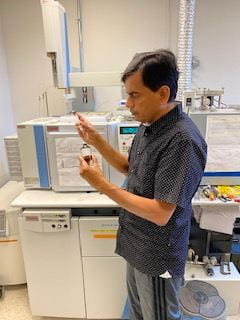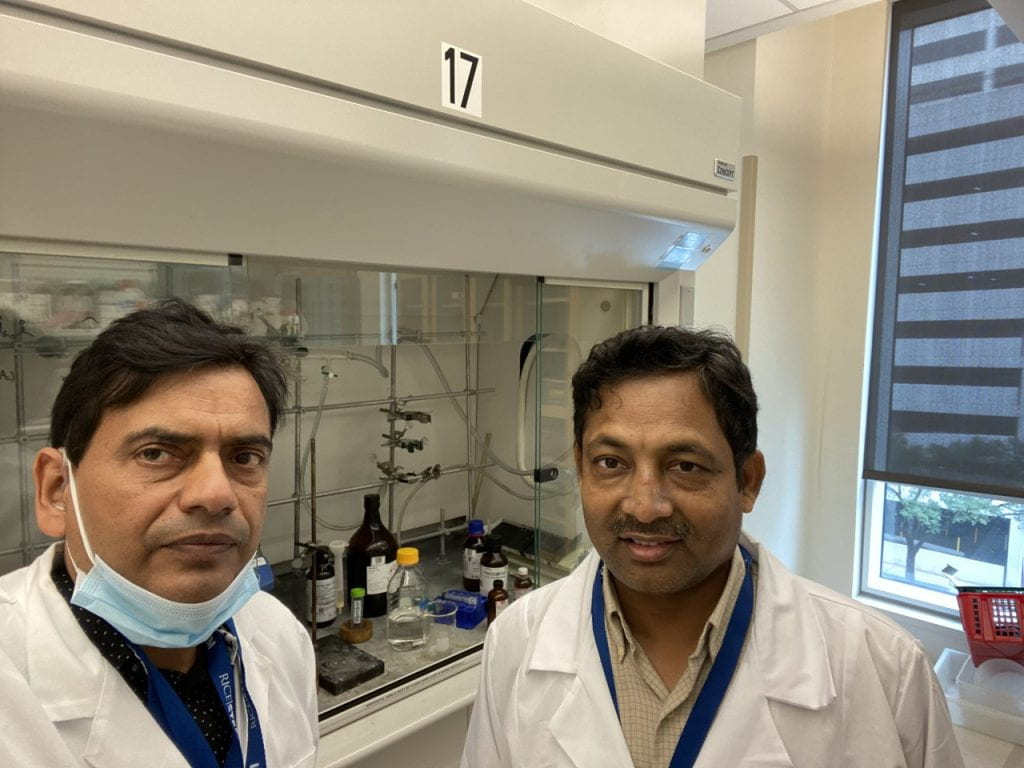On last week I was busy with my poster, video, and lesson pitch. Also, I completed the work on Gas chromatography, so I shadowed my Mentor Mr. Tao Sun how to do isotope analysis using Nu Perspective instrument.

The most important part is we need to maintain our lab temperature between 5OC to 40OC while maintaining relative humidity from 80% to 50%. This instrument is having ability to achieve precise measurements from the smallest sample. The Perspective with its standard collector block sets a new benchmark in performance for routine stable isotope ratio applications for the measurement of carbon, nitrogen, oxygen, Sulphur, and hydrogen. In addition, this instrument is having a capability to analyze clumped isotopes with exceptional sensitivity and linearity.

The key difference between gas chromatography and Nu perspective mass spectrometry is that gas chromatography is important in separating components in a mixture, whereas Nu perspective mass spectrometry is useful in calculating the exact molecular weight of the sample components.

My mentor is using garnet sample which is having silicon-oxygen tetrahedron. We used fluorine gas and then laser to heat up the sample so it will release oxygen for isotope calculation.



















